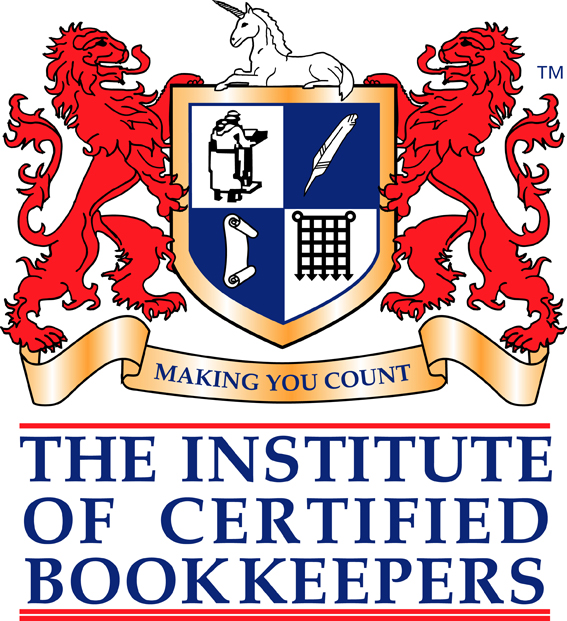.
Student quotes re tutor::
“…………………………the tutor was a good communicator and made a lot of effort to to help the students” Marco Di Cecco
” very good trainer, explains everything clearly and makes himself clearly understandable” Janos Szabo, CRESTON
Prior Knowledge:
This course starts from the basics and there are no prerequisites.
Course Format:
The course is delivered in a classroom format. You will attend tutorial at scheduled times during your course. This will be in a classroom format, during which many practical exercises are set for the student for completion in their own time. These practical exercises are essential to the learning process in bookkeeping and finance. All learning material and ICB membership are included in the cost of the course.
Course Aim:
To build a solid understanding of the basic of manual bookkeeping and to prepare the student for ICB tests. You should complete Paper B1 and B2 in this course.
Syllabus Detail:
Students must be able to demonstrate their ability to understand and carry out the following functions:
(1) Accounting for VAT
Understand the process of accounting for VAT and completing a VAT Return. Be able to:
- explain the need for a business to register for VAT
- identify the form and content of a VAT invoice
- define the terms
– Input tax
– Output tax
– Standard rate
– Zero Rate
– Exempt Supplies
– Tax Point
- account for VAT using a VAT control account
- explain the process of bad debt relief
- prepare a VAT Return
(2) The Cash Book and Petty Cash Book
2.1 Understand the purpose and need to record petty cash. Be able to:
- explain the purpose of the imprest system
- prepare and authorise petty cash vouchers
- code the expenditure
- record the transactions in the petty cash book
- balance off and restore the imprest
- post to ledger accounts
2.2 Understand the purpose and use of a three column cash book. Be able to:
- accurately record receipts and payments in a three-column cash book
- balance off cash and bank columns and bring down balances
- complete the double entry to main and subsidiary ledgers
(3) Bank Reconciliation Statement
3.1 Understand the need to balance bank transactions and the bank reconciliation statement. Be able to:
- compare individual items on the bank statement with those in the cash book
- update the cash book
- prepare the bank reconciliation statement
(4) Control Accounts and Reconciliation of Sales and Purchase Ledger Accounts
Understand the purpose and use of control accounts. Be able to:
- prepare sales and purchase ledger control accounts
- total and balance off accounts in the subsidiary ledgers
- reconcile control accounts with the total from subsidiary ledger
(5) Correction of Errors and the Suspense Account
Understand the need to correct errors and use a suspense account until errors have been clearly identified. Be able to:
- open a suspense account
- correct errors through the journal
- prepare the suspense account
(6) Depreciation of Fixed Assets
Understand the need to depreciate fixed assets and calculate depreciation using appropriate rates and methods. Be able to:
- record Capital Expenditure in appropriate records
- calculate and record the charge for depreciation using both straight line and reducing balance method
- prepare a schedule of fixed assets showing clearly their net book value
- understand the effects of depreciation on the accounts
(7) Accruals and Prepayments
Understand the need for accruals and prepayments.
Apply the accruals or matching concept by:
- calculating accruals
- calculating pre-payments
- accounting for accruals and prepayments
- understand the effect of accruals and prepayments on final accounts
(8) Bad Debts
Understand the need to recognise and deal with writing off a bad debt. Be able to:
- recognise when a debt becomes classed as ‘bad’
- prepare a journal entry to write off a bad debt
- post the transaction to both the bad debts accounts and the debtors account
- understand the effect of bad debts on final accounts
(9) Final Accounts of a Sole Trader
Prepare the Trading and Profit & Loss Accounts of a Sole Trader and be able to:
- explain the role and purpose of final accounts
- prepare a trading and profit and loss account from a trial balance to include adjustments for:
– accruals and pre-payments
– depreciation (straight line and reducing balance)
– write off of a bad debt
– Prepare a Balance Sheet in good (vertical) form showing clearly the main categories of assets and liabilities

